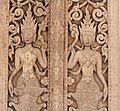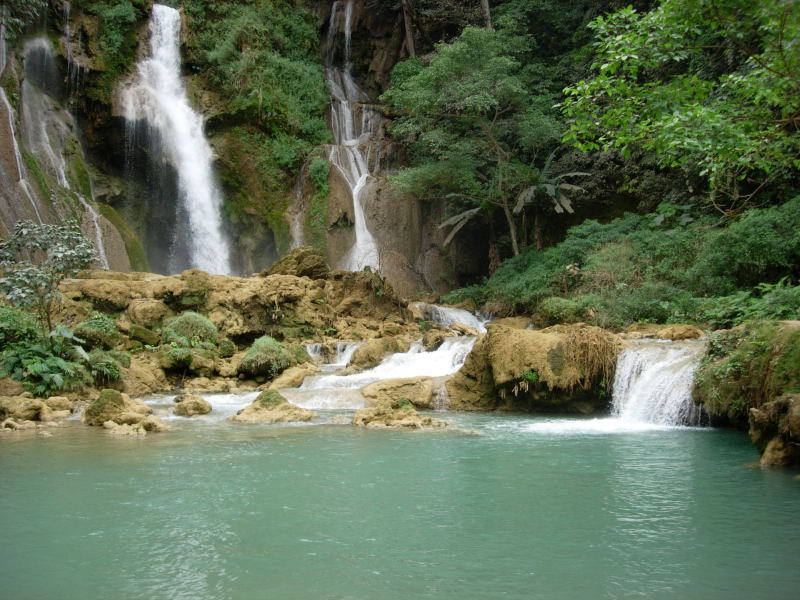Vientiane (Lao: Wiang-jun; Thai: เวียงจันทน์ Wiang-chan; literally "City of Sandalwood") is the capital and largest city of Laos, situated in the Mekong river. Vientiane became the capital in 1563 due to fears of a Burmese invasion. During French rule, Vientiane was the administrative capital and due to economic growth in recent times, it has become the economic centre of Laos.
The estimated population of the city is 726,000 (2007) while the number of people living in the Vientiane metropolitan area (the entire Vientiane Prefecture and parts of Vientiane Province) is believed to be over 730,000. The city hosted for the first time the 25th Southeast Asian Games in December 2009 celebrating the 50 years of SEA Games.
Sri Sattanak, or Sisattanak is a former name of Vientiane. It is often confused with Sri Sattanakanahut, the Pali name of Lan Xang, the Kingdom of the Million Elephants. Sisattanak now is the name of one of the five districts of the city Vientiane.
The name of the city is derived from Pali, the liturgical language of Theravada Buddhism. Its original meaning is "royal sandalwood grove" or "city of sandalwood", this tree being highly valued in classical India for its fragrance. In modern Lao, the meaning of Vientiane is ambiguous, and is often mistakenly believed to mean "city of the moon", because the words for 'moon (Chandra in Sanskrit)' and 'sandalwood (chandana in Sanskrit)' are written and pronounced identically as 'jan'. However, the name in Thai, เวียงจันทน์, retains the etymologically correct spelling, and clearly indicates "city of sandalwood" as the meaning. The romanized spelling "Vientiane" is of French origin, and reflects the difficulty the French had in pronouncing the hard "j" sound in the Lao word; a common English-based spelling is "Viangchan", or occasionally "Wiangchan".
History
The great Laotian epic, the Phra Lak Phra Lam, claims that Prince Thattaradtha founded the city when he left the legendary Lao kingdom of Muong Inthapatha Maha Nakhone because he was denied the throne in favor of his younger brother. Thattaradtha founded a city called Maha Thani Si Phan Phao on the western banks of the Mekong River; this city was told to have later become today's Udon Thani, Thailand. One day, a seven-headed Naga told Thattaradtha to start a new city on the eastern bank of the river opposite Maha Thani Si Phan Phao. The prince called this city Chanthabuly Si Sattanakhanahud; which was told to be the predecessor of modern Vientiane.
Contrary to the Phra Lak Phra Ram, most historians believe Vientiane was an early Khmer settlement centered around a Hindu temple, which the Pha That Luang would later replace. In the 11th and 12th centuries, the time when the Lao and Thai people are believed to have entered Southeast Asia from Southern China, the few remaining Khmers in the area were either killed, removed, or assimilated into the Lao civilization, which would soon overtake the area.
In 1354, when Fa Ngum founded the kingdom of Lan Xang, Vientiane became an important administrative city, even though it was not made the capital. King Setthathirath officially established it as the capital of Lan Xang in 1563, to avoid Burmese invasion. When Lan Xang fell apart in 1707, it became an independent Kingdom of Vientiane. In 1779, it was conquered by the Siamese general Phraya Chakri and made a vassal of Siam.
When King Anouvong raised an unsuccessful rebellion, it was obliterated by Siamese armies in 1827. The city was burned to the ground and was looted of nearly all Laotian artifacts including Buddha statues and people. Vientiane was in great disrepair when the French arrived, arrived to only find a depopulated region with even the great city of Vientiane disappearing into the forest. It eventually passed to French rule in 1893. It became the capital of the French protectorate of Laos in 1899. The French rebuilt the city and rebuilt or repaired Buddhist temples such as Pha That Luang, Haw Phra Kaew, and left many colonial buildings behind.
Vientiane was the host of the incident free 2009 Southeast Asian Games, with 18 disciplines being dropped from the previous games held in Thailand due to Laos' landlocked state and the lack of adequate facilities in Vientiane.
Sights
Although a small city still, the capital has many sites for tourist to see. The city contains many temples and Buddhist monument with Pha That Luang, a Buddhist stupa, one of the most famous in Laos. It is the most important national cultural monument and very popular amongst foreign tourist. The original was built in 1566 by King Setthathirath, and was restored in 1953. The golden stupa is 45 meters tall and is believed to contain a relic of the Lord Buddha.
Another site that is also popular amongst tourist is Wat Si Muang. The temple was built on the ruins of a Khmer Hindu shrine, the remains of which can be seen behind the ordination hall. It was built in 1563 and is believed to be guarded by the spirit of a local girl called “Si". Legend says that Nang Si, who was pregnant at the time, leapt to her death as a sacrifice, just as the pillar was being lowered into the hole. In front of the temple stands a statue of King Sisavang Vong.
The memorial monument, Patuxai, began construction in 1957 and completed in 1968, is perhaps the most prominent landmark in the city. While the arc de Triomphe in Paris inspired the architecture, the design incorporates typical Lao motifs including “Kinnari”, a mythical bird woman. Energetic visitors can climb to the top of the monument, which reveals an excellent panoramic view of the city.
 Buddha Park was built in 1958 by Luang Pou Bounlua Soulilat and contains a collection of Buddhist and Hindu sculptures, scattered amongst gardens and trees. The park was built about 28 kilometers south of Vientiane at the edge of the Mekong River.
Buddha Park was built in 1958 by Luang Pou Bounlua Soulilat and contains a collection of Buddhist and Hindu sculptures, scattered amongst gardens and trees. The park was built about 28 kilometers south of Vientiane at the edge of the Mekong River.Vientiane is home to one of Laos' only bowling alleys (the other bowling alley being in Luang Prabang) and its only mosques. There are many upper-class hotels in Vientiane.
Other sites include:
- Haw Phra Kaew, former temple, now museum and small shops
- Lao National Museum
- Talat Sao Morning Market
- That Dam, large stupa
- Wat Ong Teu Mahawihan, Buddhist monastery
- Wat Si Saket, Buddhist wat
- Wat Sok Pa Luang, Buddhist temple
Transportation
 From Thailand: The First Thai-Lao Friendship Bridge, built in the 1990s, crosses the river 18 kilometers downstream of the city to Nong Khai in Thailand, and is the major crossing between the two countries. The bridge was built with provision for metre gauge rail services. Test trains began running and Thanaleng Railway Station on July 4, 2008, and the railway was formally inaugurated on March 5, 2009. Surveys are underway to continue to the line a further 12 km to Vientiane.
From Thailand: The First Thai-Lao Friendship Bridge, built in the 1990s, crosses the river 18 kilometers downstream of the city to Nong Khai in Thailand, and is the major crossing between the two countries. The bridge was built with provision for metre gauge rail services. Test trains began running and Thanaleng Railway Station on July 4, 2008, and the railway was formally inaugurated on March 5, 2009. Surveys are underway to continue to the line a further 12 km to Vientiane.The official name of the bridge was changed in 2007 by the addition of "First", after the Second Friendship Bridge linking Mukdahan in Thailand with Savannakhet in Laos was opened early in 2007.
In October 2010, plans were announced for a 530km high-speed railway linking Vientiane to Xishuangbanna, in Yunnan province in China.
Within Laos: There are regular bus services connecting Vientiane Bus Station with the rest of the country.
To Thailand: Daily non stop direct bus services run between Vientiane and Nong Khai, Udon Thani and Khon Kaen.
By Air: Vientiane is served by the Wattay International Airport with international connections to other Asian countries. Lao Airlines has regular flights to several domestic destinations (several flights daily to Luang Prabang; a few flights weekly to other destinations).
Healthcare
The "Centre Medical de l’Ambassade de France" is available to the foreign community in Laos in April 2007. Also the Mahosot Hospital is an important hospital in treating and researching diseases and is in connection with the University of Oxford.
Images: http://commons.wikimedia.org/wiki/Category:Vientiane







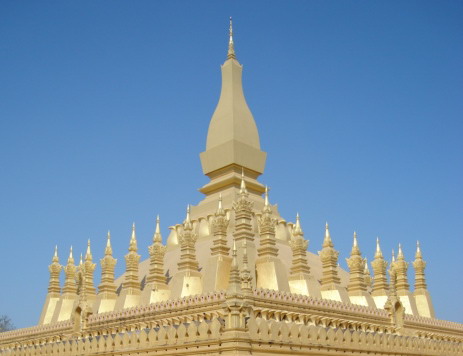
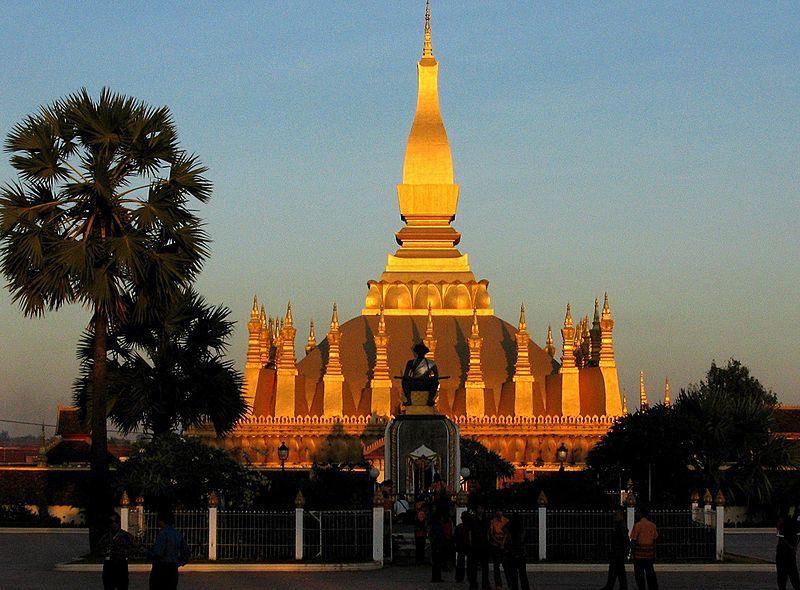





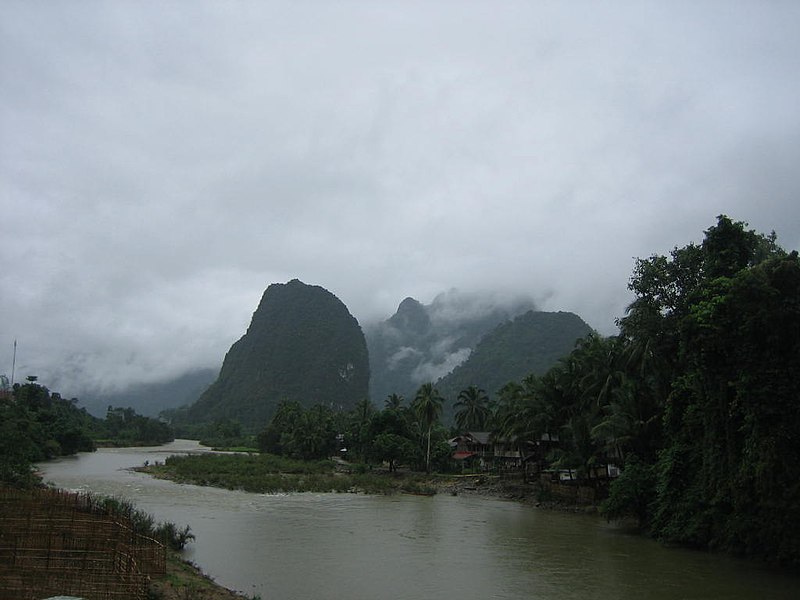
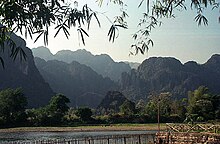

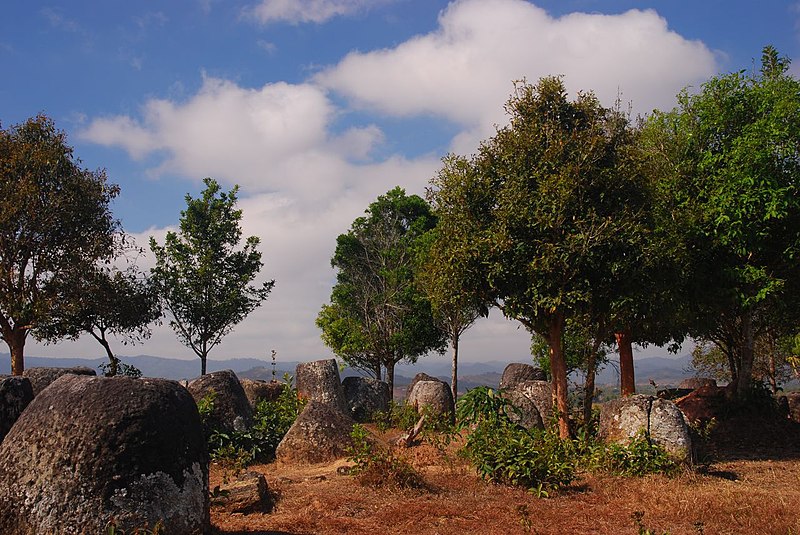



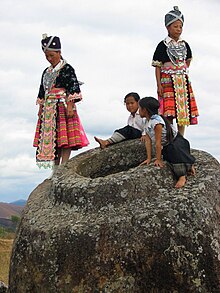

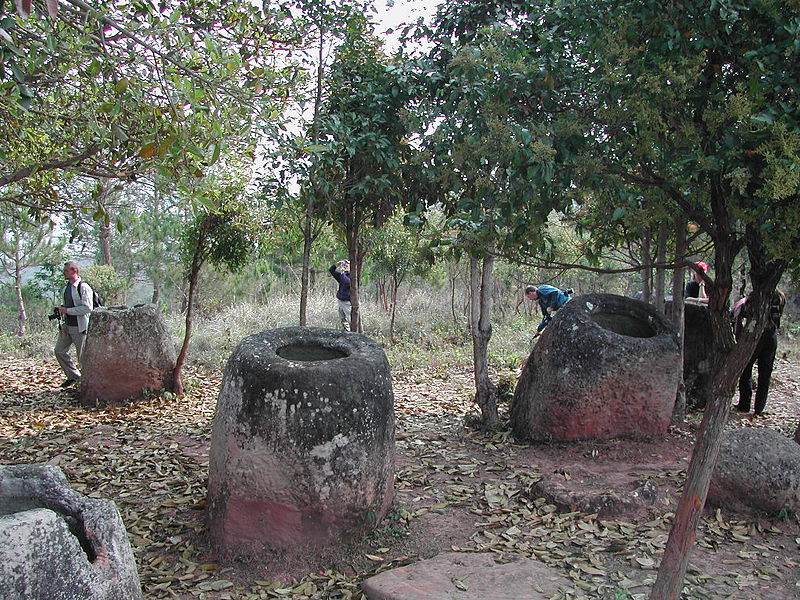

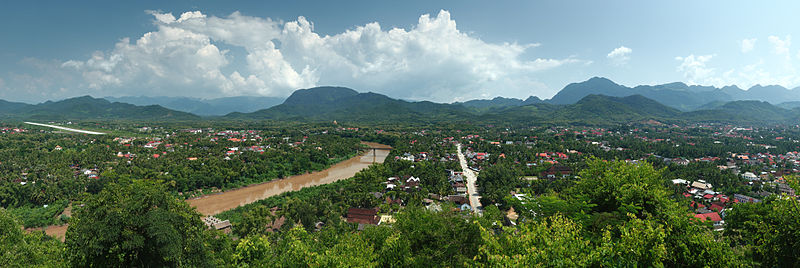
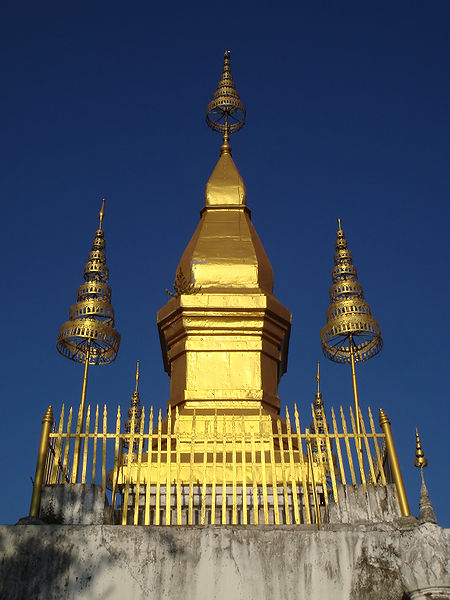

.jpg/800px-Wat_Mahathat_temple_(Laos2009).jpg)
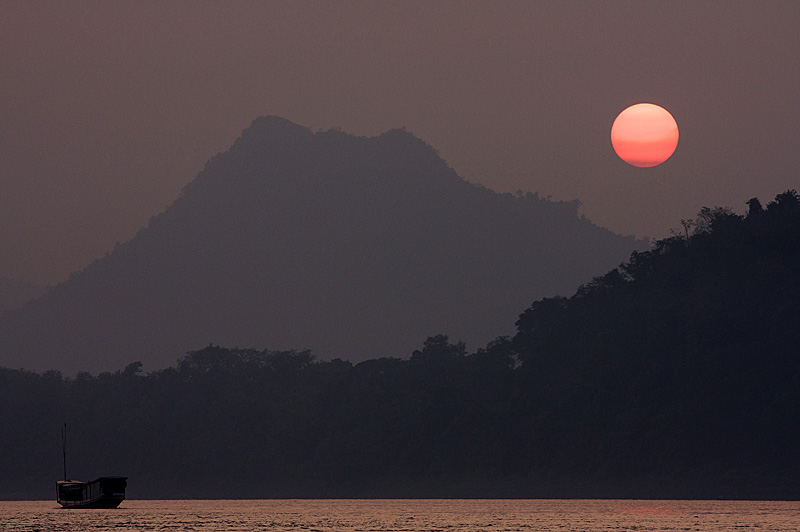


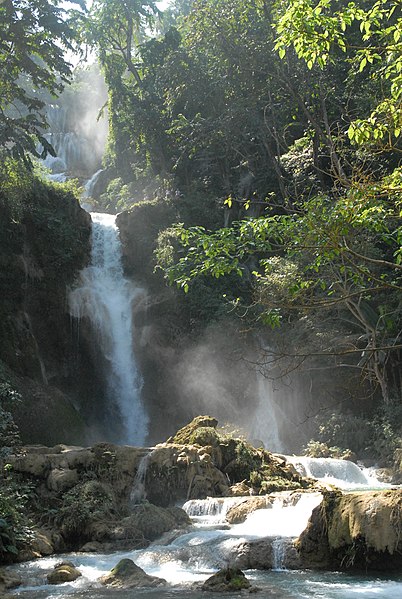



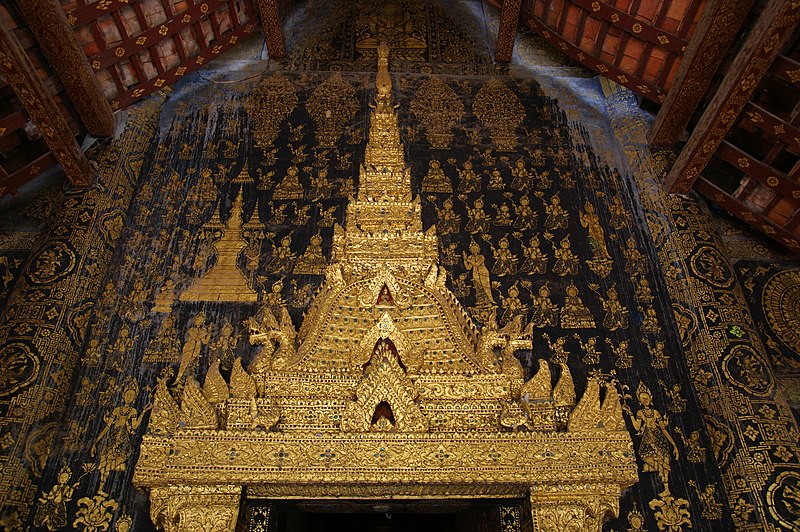


.jpg/248px-Haw_Kham_palace_(August_2009).jpg)



.jpg/800px-Haw_Kham_palace_interior_art_(2009).jpg)
